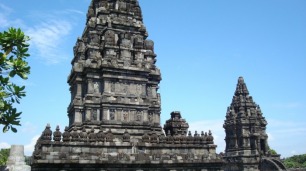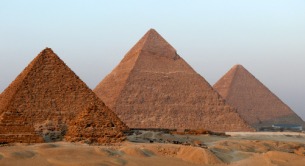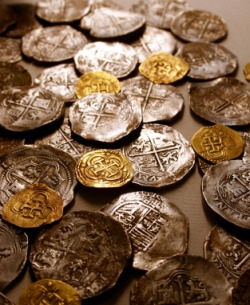TWC G6 Livestock Production
How did civilizations begin to change once animals were domesticated?
The transition from the hunter-gatherer lifestyle to food production enabled people to settle down next to their permanent gardens, orchards and pastures, instead of migrating to follow season shifts in wild food supplies. (some hunter-gatherer societies in especially productive environments were also sedentary, but most were not).
Food production was accompanied by a human population explosion that has continued unabated to this day, resulting from two separate factors. First, the sedentary lifestyle permitted shorter birth intervals. Nomadic hunter–gatherers had previously spaced out birth intervals at four years or more, because a mother shifting camp can carry only one infant or slow toddler. Second, plant and animal species that are edible to humans can be cultivated in much higher density in our gardens, orchards and pastures than in wild habitats.
Food production also led to an explosion of technology, because sedentary living permitted the accumulation of heavy technology (such as forges and printing presses) that nomadic hunter–gatherers could not carry, and because the storable food surpluses resulting from livestock production could be used to feed full-time craftspeople and inventors. By also feeding full-time kings, bureaucrats, nobles and soldiers, those food surpluses led to social stratification, political centralization and standing armies. All of these overwhelming advantages are what enabled farmers eventually to displace hunter–gatherers.
The transition from the hunter-gatherer lifestyle to food production enabled people to settle down next to their permanent gardens, orchards and pastures, instead of migrating to follow season shifts in wild food supplies. (some hunter-gatherer societies in especially productive environments were also sedentary, but most were not).
Food production was accompanied by a human population explosion that has continued unabated to this day, resulting from two separate factors. First, the sedentary lifestyle permitted shorter birth intervals. Nomadic hunter–gatherers had previously spaced out birth intervals at four years or more, because a mother shifting camp can carry only one infant or slow toddler. Second, plant and animal species that are edible to humans can be cultivated in much higher density in our gardens, orchards and pastures than in wild habitats.
Food production also led to an explosion of technology, because sedentary living permitted the accumulation of heavy technology (such as forges and printing presses) that nomadic hunter–gatherers could not carry, and because the storable food surpluses resulting from livestock production could be used to feed full-time craftspeople and inventors. By also feeding full-time kings, bureaucrats, nobles and soldiers, those food surpluses led to social stratification, political centralization and standing armies. All of these overwhelming advantages are what enabled farmers eventually to displace hunter–gatherers.



